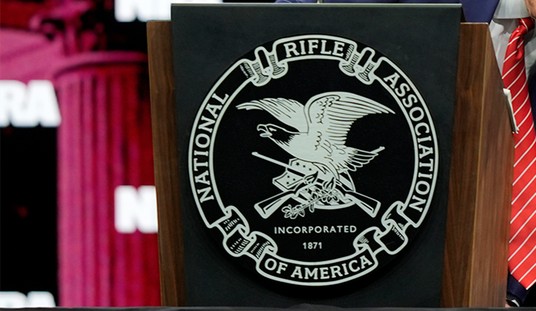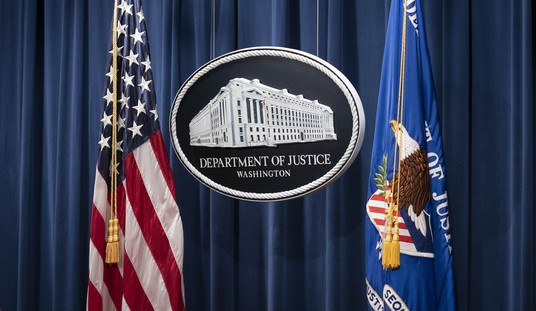The Second Amendment Foundation has more than a dozen active cases taking on various gun control laws in California, including May v. Bonta, the case dealing with all of the new “gun-free zones” lawmakers have put in place beginning on January 1. We covered U.S. District Judge Cormac Carney’s decision to grant an injunction halting enforcement of those so-called sensitive places earlier today, but we’re going a little deeper on today’s Bearing Arms Cam & Co with SAF founder Alan Gottlieb, who joined the show to talk about Carney’s order as well as pending challenges to other aspects of the state’s latest carry restrictions set to take effect in the new year.
Gottlieb says he’s “ecstatic” about the decision and its implications, not only for California gun owners but for concealed carry holders in states like Hawaii, New York, New Jersey, and Maryland, where anti-gun lawmakers have enacted similar prohibitions on concealed carry in a wide variety of public or publicly-accessible places. While Carney’s decision applies only to California, Gottlieb says his opinion can and will be cited by SAF and other 2A groups in their lawsuits taking on “gun-free zones” across the country.
“We had a total blowout victory,” Gottlieb told me with a smile on his face. “Every sensitive place they tried to put in was taken down, and the judge talked about how they were really just ignoring the Bruen decision, and doing it in a way that was an affront to the Constitution. It’s a great decision.”
Gottlieb pointed out that the first impulse from anti-gunners in the Golden State was to portray Carney as a partisan hack, noting that he was appointed to the bench by George W. Bush. But as Gottlieb shared, the gun control activists are ignoring the fact that Carney was a state judge before we was confirmed by the Senate to join the federal judiciary, and he was appointed to that earlier position by anti-gun Democratic Gov. Gray Davis.
“I’m speculating, but probably the only reason he got on the federal bench was he was the only person who George Bush could go along with and get Democrats to approve,” Gottlied mused. “He’s not exactly a flaming conservative, so to speak.”
I don’t know Carney’s political leanings, but it’s clear based on his decision to grant an injunction that he understands the fundamental importance of the right to keep and bear arms, as well as the repugnant nature of California’s most recent infringement. In faithfully applying the Supreme Court’s “text, history, and tradition” test instead of looking for a way to subvert it, Carney concluded that the 18th and 19th-century statutes California offered as analogues to its modern prohibitions are far too different to make its case.
Take, for instance, California’s attempt to ban concealed carry on public transportation. The state offered a variety of arguments in support of the ban; trains and buses are “crowded, confined spaces,” where a gun fired in self-defense is likely to provoke panic among riders; public transportation “serve[s] vulnerable populations, particularly children”; many public transportation hubs “are government buildings”; and finally, that the “is consistent with Reconstruction-era restrictions on the carry of firearms on trains.”
Note the lack of any historical analogue, save for the Reconstruction-era restrictions. Even then, as Carney pointed out, those restrictions were put in place by private companies, not the federal government or any individual states. But Carney also obliterated the argument that guns can be prohibited in every location where a child might be present, or in crowded and confined spaces.
… spaces do not become sensitive simply because they are “crowded and protected generally by” the police. And densely packed spaces are precisely the types of spaces that malicious criminals target for mass-shootings. Indeed, public transportation is the type of place that may require exercising the right to self-defense. Not everyone has the luxury of commuting in the solitary safety of a private vehicle.
… public transportation is “not densely populated by children.” And to conclude that public transportation may be considered a “sensitive place” by analogizing to the “settled” fact that schools are sensitive places requires accepting the false notion that any place where children may be found, under any circumstances, may be designated a sensitive place. This overbroad reasoning would impermissibly “eviscerate the general right to publicly carry arms for self-defense.”
As for the argument that public transportation hubs are “government buildings” where guns can be banned, Carney says the analogy fails because historically, “laws protecting government buildings ‘were aimed at essentially protecting the operation of the three branches of government, not the regulation of a public service (such as transportation in public).'”
The judge deployed the same razor-sharp logic throughout his 43-page opinion, and by the time he was done California Attorney General Rob Bonta’s arguments were utterly shredded. Carney’s decision was a wonderful Christmas gift to gun owners in the state, and even if Ninth Circuit judges unleash their inner Grinch and stay his injunction, he’s given plaintiffs a wealth of legal ammunition they can use on appeal… and in other 2A lawsuits as well.









Join the conversation as a VIP Member